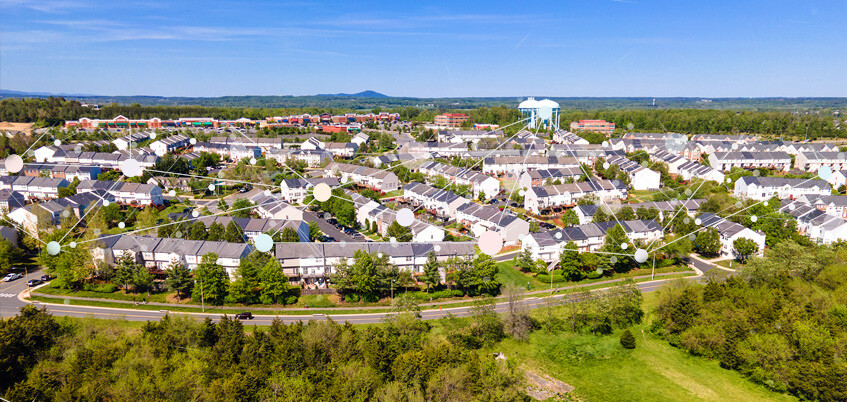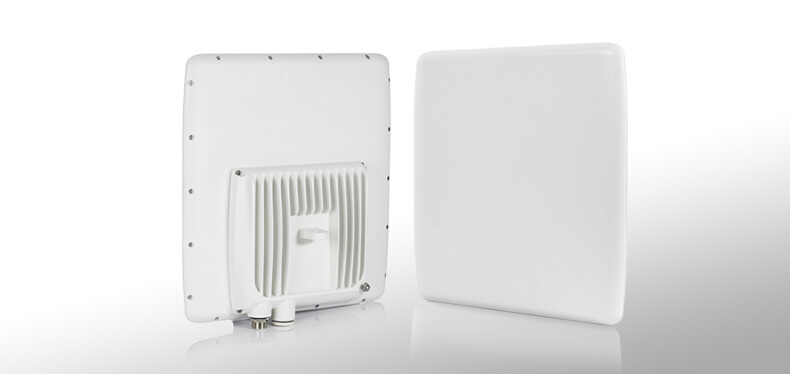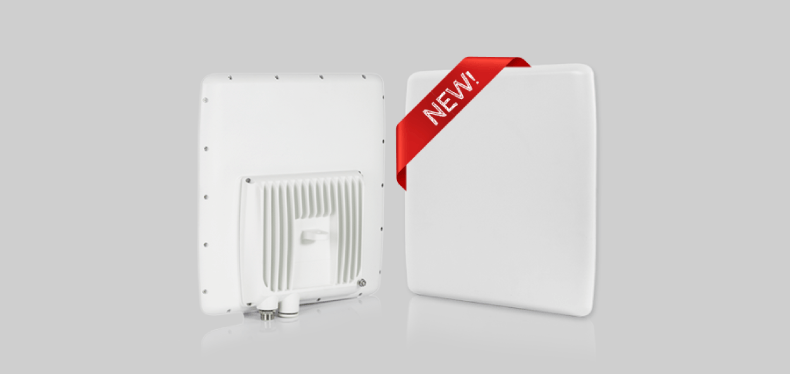
Please raise your hand if you’ve ever felt overwhelmed by the new smart city technology and smart city applications?
These days we see more and more people migrating to urban areas to create a better life for themselves. This, of course, places a greater urgency on governments and metropolis to improve public safety and security. However, we do know that new technologies and devices enable urban areas to deploy smarter applications for crime detection and prevention. These applications are crucial to helping the police, medical teams and first responders make the best decision possible when dealing with emergency situations. However, with all that said and done, where do you need to begin when figuring out your smart city initiative?
We suggest starting with the 5 essentials for smart city safety and security!
1. Let’s start with Video surveillance!
The first thing you need to consider when developing a smart or safe city project is security cameras and surveillance systems. You will require high definition surveillance cameras that can deliver real-time video around the clock from any place within the city. This is important if you want to effectively monitor, control and respond to public safety or security situations. There are a many High Definition (HD) and Internet Protocol (IP) cameras and they come in all shapes and sizes. For example, you have fixed cameras which are great for monitoring very specific areas. You also have PTZ cameras which can pan or tilt to monitor much wider areas. PTZ cameras are also great for zooming in on specific people, objects or activities. Together with the cameras, you can find some great video applications for facial recognition and anomaly detection. These applications provide useful insights and help authorities react more effectively. Some of the leading companies for surveillance systems are Axis Communications, Bosch, Samsung and Sony.
2. What about smart IOT sensors and emergency devices?
If you haven’t heard, an Internet of Things (IoT) revolution is underway. IOT means taking all the things you can in the city and connecting them to the internet. This includes everything from lamp posts and traffic lights to smart waste bins and connecting them to a single control or command center. Sensors are placed on these devices and detect everything from bin overload to air pollution and believe it or not, even gunshots. It may be helpful to know that Libelium offers a wide variety of sensors for all types of city applications including smart lighting and smart environments. Smart cities can also deploy Wi-Fi access and even panic buttons so citizens can easily contact the necessary authorities when help is needed. There are many ways that a metropolis can improve the quality of life of the people with the right planning upfront.
3. How are smart city devices connected you may ask!
If you want to connect cameras, sensors and any other device you need a reliable and secure broadband connection. This is important, especially for bandwidth demanding applications such as video surveillance. If your connection is poor, the slightest hiccup in your video transmission could ruin the quality of your visual data. For this reason, a good broadband connection is critical when transmitting sensor data back to the control center. One way to provide broadband is with a fiber or copper network. The only problem with fiber and copper is that it’s costly and takes a long time to deploy. A cheaper and quicker alternative is to use a wireless radio network to deploy broadband. Wireless is often used to deliver high speed broadband connectivity and removes the need for expensive wired deployments.
RADWIN, known for its wireless technologies, delivers wireless broadband Point-to-Point and Point-to-MultiPoint solutions. These solutions enable robust fiber like connectivity for a range of smart city devices such as HD video cameras and sensors. RADWIN’s products can assure transmission of best video quality through dedicated bandwidth per camera site. Using market proven technology RADWIN products are perfect for challenging urban areas.
4. What you need to know about site infrastructure and device management.
Typical smart cities deploy cameras, wireless broadband radios, Wi-Fi access points, IoT gateways and devices such as panic buttons and sensors. To power and control these devices you need a power and communications solution. This type of solution supports, controls and manages all devices and can seamlessly blend in with its surroundings.
RADWIN Smart Node, an all in one power and communication solution that comes ready to install. The Smart Node offers power and communication interfaces for many types of devices. The Smart Node can be remotely controlled and monitored, using as unified management system. This product is ideal for urban environments as the Smart Node is compact, waterproof and dust proof (IP67 certified).
For more information read the RADWIN Smart Node brochure or the Smart Node for Safe Cities pamphlet.
5. Let’s not forget the command or control centers.
City command centers are usually equipped with smart city management systems that collect, analyze and manage enormous amounts of open data. This data is collected from sensors, cameras and devices deployed around the city.
The command center uses customized and integrated views and new video and audio analytics, artificial intelligence and deep learning applications. These applications help recognize number plates, classify vehicles, identify suspicious people and detect anomalies.
Thanks to the advanced smart city technology, authorities can better respond to emergency situations and provide a much better service. Milestone and Genetec are leading companies who offer video management systems for municipal data centers.
To summarize…
To create a sustainable smart city, think about how you can best meet the needs of the public and private sectors. Once you know which applications will provide the most value, consider the devices you need and how best to connect them. Remember, it’s a costly and lengthy process to dig up city streets so really think about which option is best for you, fiber or wireless? It’s essential to review every aspect of your smart city project, before moving ahead. Remember, smart planning is your key to success.
For more information regarding wireless communications for your smart city project contact our experts.
 Back
Back

